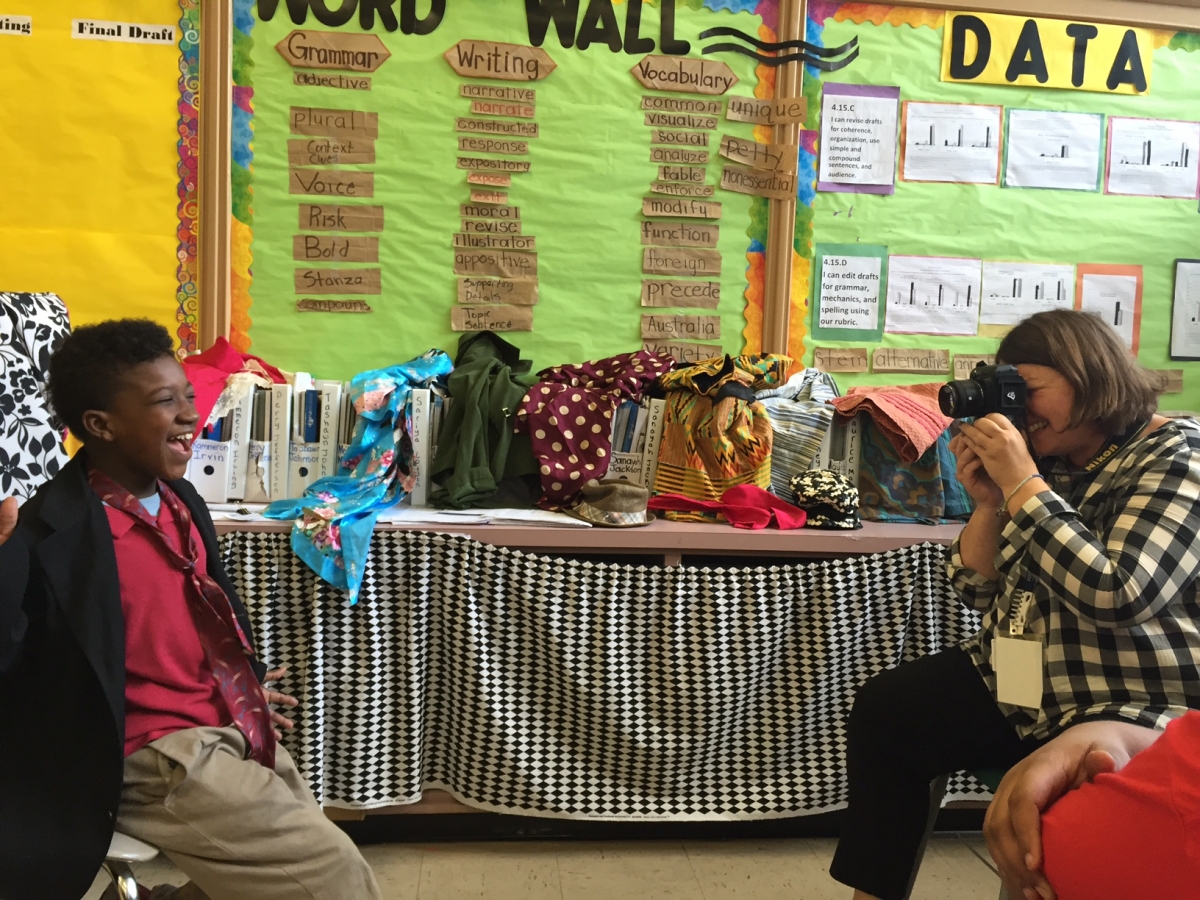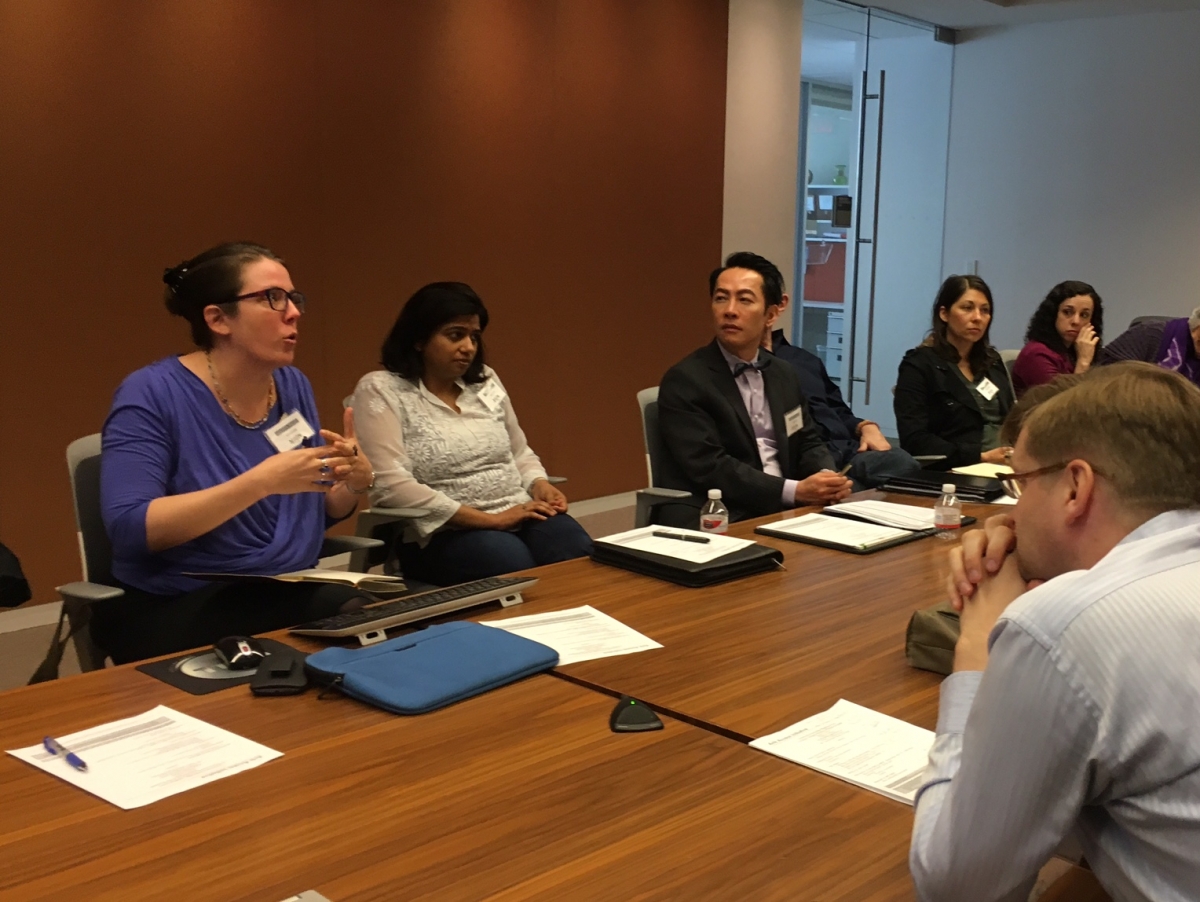
Deborah Lugo
5 Ways Data Helps Your Arts Education Collective Impact Initiative
Posted by Apr 07, 2016 3 comments

Deborah Lugo
The use of data is changing the way cities across the United States tackle arts education inequities. Community-wide efforts, including our own work through the Arts Access Initiative in Houston, continue to use data to consistently measure results, use as tools for learning and adapting, and ensure efforts are aligned with agreed-upon ambitious goals and visions for equity of arts education and creative learning in our cities.
Simply put, data matters in arts education.
Here are five ways data has helped our collective impact effort in Houston:
-
 Data provides a clear picture or baseline on the state of arts education equity–Houston is the fourth largest and most diverse city in the country. In 2013, a partnership among the Houston Independent School District–the seventh largest in the nation serving over 215,000 students–the City of Houston, and Young Audiences of Houston established the Community Arts Team. This 38-person committee consisting of business, philanthropic, civic, education, arts and higher education leaders joined forces to assess the arts education landscape in Houston ISD. While nationally recognized arts programs exist in the district, the State of the Arts Mirror report–the first of its kind in Houston–showed that there were tremendous disparities in arts access across the district and that many of its students had little or no access to the arts.
Data provides a clear picture or baseline on the state of arts education equity–Houston is the fourth largest and most diverse city in the country. In 2013, a partnership among the Houston Independent School District–the seventh largest in the nation serving over 215,000 students–the City of Houston, and Young Audiences of Houston established the Community Arts Team. This 38-person committee consisting of business, philanthropic, civic, education, arts and higher education leaders joined forces to assess the arts education landscape in Houston ISD. While nationally recognized arts programs exist in the district, the State of the Arts Mirror report–the first of its kind in Houston–showed that there were tremendous disparities in arts access across the district and that many of its students had little or no access to the arts.
To underline the importance of arts education, analysis of the data demonstrated that arts education positively impacted the test scores and behavior data of students whom have access to the arts. For example, students in advanced fine arts received fewer of all types of disciplinary actions (sometimes up to 50% fewer). This information also showed that virtually all principals and teachers value highly the role of arts education in their schools and classrooms–they want it!
-
Data brings people together to work for a common purpose–Based on the findings of the State of the Arts Mirror report, the Community Arts Team recommended the creation of the Arts Access Initiative (AAI) to work collectively on ensuring systemic change in support of increased arts education and creative learning throughout Houston ISD—an arts education action plan for our city. Today, the AAI coalition includes Houston ISD, the City of Houston, foundations, over 30 arts and cultural organizations—including all major arts institutions, and the Kennedy Center, through the Any Given Child program–and we are just getting started. A data-rich understanding continues to drive decision-making, because our community now measures what it treasures. This paradigm shift is opening new doors and resources, facilitating alignment of arts programs to schools, and galvanizing our community to do more collectively.

- Data convinces non-believers–Let’s face it, data may not convince all non-believers, but it certainly convinces, as Dr. Daniel H. Bowen says, “those who are on the fence.” For this reason, and in particular for advocacy purposes, AAI is partnering with researchers from Rice University and Texas A&M University to conduct a rigorous, mixed-methods evaluation of the relationships of the Initiative’s overall implementation and other outcomes related to student attendance, engagement, academic achievement, critical thinking, and socio-emotional skills such as tolerance and empathy. In addition, the assessment will study the impact on principals and teachers’ perceptions on arts education as well as the arts and culture partnering organizations’ alignment of mutually reinforcing activities.
-
Data amplifies success stories, including both small and big wins–Just recently, our Community Partnerships working group developed our Arts Guide, an interactive website that principals can access to develop their Creative School Plans and book programming for next year. As of today, the site has listed over 140 programs from partnering arts organizations—a simple data point that has energized all our diverse partners. In addition, through a simple comparison with last year’s data sets, we recently shared and celebrated our collective work having yielded a 25 percent increase in arts organization programs across Houston ISD since the beginning of the school year.

- Data provides capacity building pathways – Our School Engagement and Capacity working group is developing the Houston ISD Creative Schools Designation–an outgrowth and natural step of the State of the Arts Mirror report–that encourages schools to be places where the arts are vibrant and valued, and where every student benefits from receiving an in-depth arts education. With this designation, schools will use their own data as a tool to provide a trajectory for them to understand the additional steps necessary to improve arts access within their campuses and achieve the designation, bestowing campuses with the honor of being named a Creative School.
Data definitely matters in assessing access and equity of arts education for students. The trick is to know how to use it to have it work to your advantage.

Comments
Great piece Deborah. And good food for thought as we consider developing a more advanced collective impact effort here in New York City.
Art is imperative in education in view of the accompanying. 1) They are dialects that all individuals talk that cut crosswise over racial, social, social, educational, and monetary boundaries and improve social thankfulness and mindfulness. 2) They give chances to self-expression, bringing the inward world into the external universe of solid reality. 3) They create both freedom and coordinated effort. Along these lines, they give the way to each student to learn assignment writing help online in UK.
Gathering records for your performance can come up with an idea of strengths and areas for improvement.
In order for records collection to be beneficial, the approach used ought to be:
Relevant to the performer, Accurate, Reliable, Practicality. Essay Writer uk